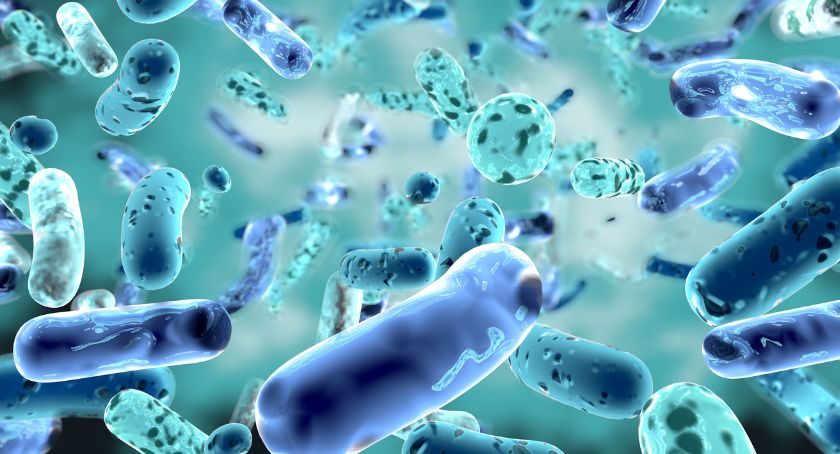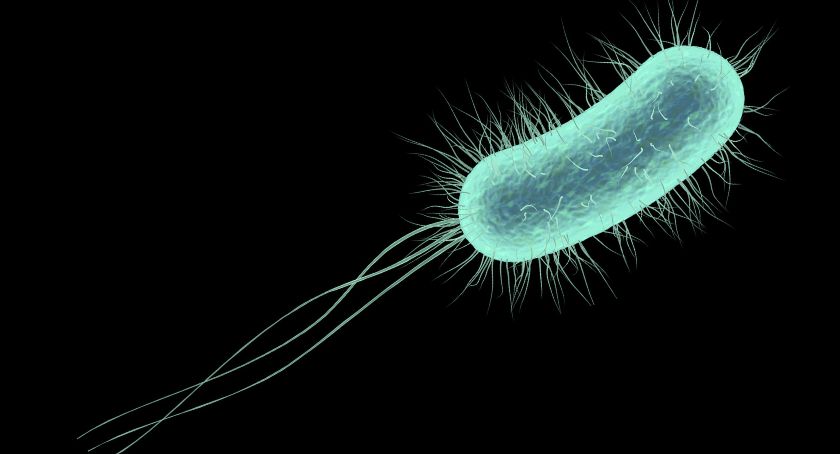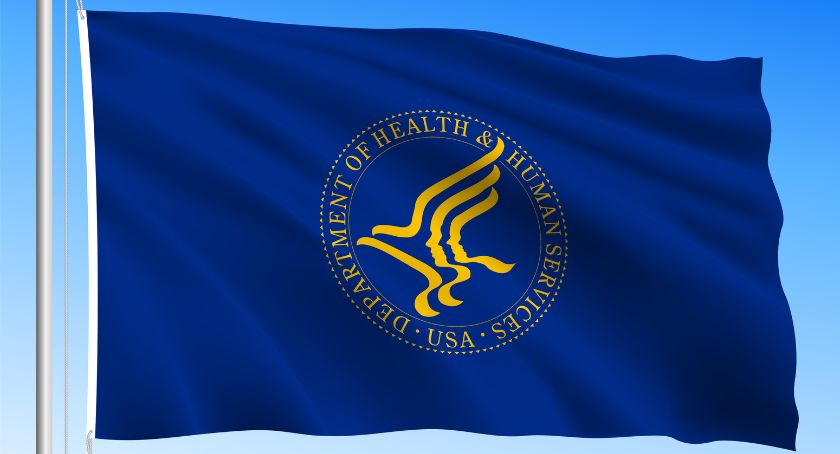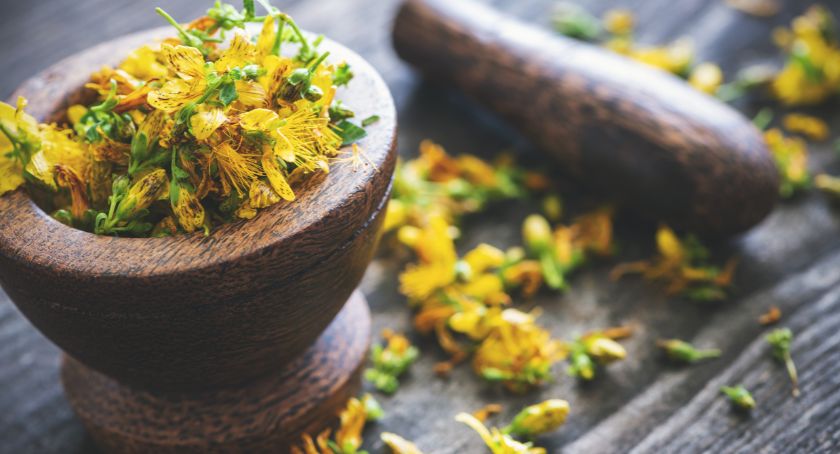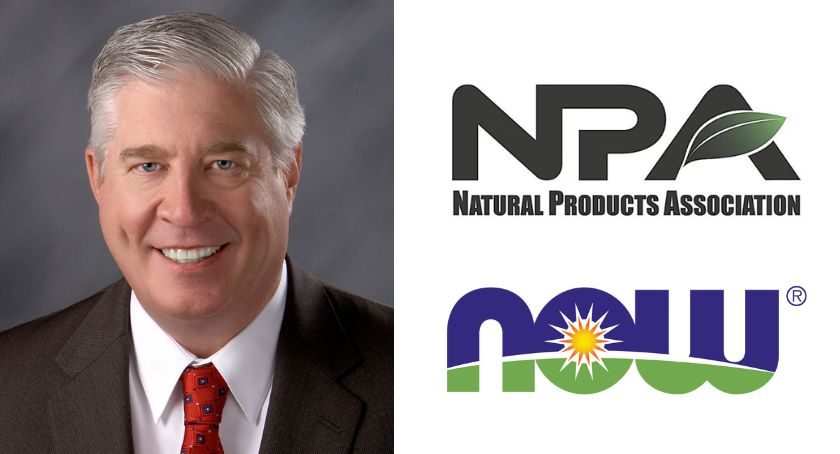Exclusives
Sea Buckthorn: From Ancient Shrub to Modern Super Fruit
Used medicinally for centuries, the plant is enjoying new popularity resurgence in an industry still learning how to harness its potential.

By: Joanna Cosgrove
Characterized by bright orange berries guarded by dense thorns, sea buckthorn (Hippophaė rhamnoides L.) is a shrub that grows in Europe, Asia and the Americas. According to “Sea buckthorn berries: A potential source of valuable nutrients for nutraceuticals and cosmeceuticals,” a review published in the August issue of Food Research International, the plant contains upwards of 190 vitamins, fatty acids, free amino acids and elemental components in its seeds, pulp and berries and is an under-tapped resource of nutritional properties, bioactive compounds and potential health benefits.
Dubbed an “ancient crop with modern virtues,” sea buckthorn berries contain beneficial vitamins A, C, E and K, amino acids, carbohydrates, folic acid, tocopherols and flavonoids, phenols, terpenes and tannins, as well as palmitoleic acid—otherwise known as omega-7, an “elusive” omega not typically inherent to plants.
The researchers behind the review examined current literature regarding sea buckthorn’s potential as a crop and concluded, “it is clear that sea buckthorn berry is one of the most important sources of these constituents, and should be used as alternative nutritional sources in the commercial market,” after noting “the presence of valuable chemicals and nutritionally important constituents,” as well as the “scientific knowledge of their importance.”
James Liu, general manager, Health King Enterprise & Balanceuticals Group Inc., a Chicago, IL-based company that sources and markets a variety of Chinese herbs, including sea buckthorn under the brand name SeabuckWonders, stated that the market’s estimated current worth is approximately $3 to $5 million. That figure is likely to rise once researchers and processors learn how to fully maximize the potential of this plant and its beneficial constituents.
The plants are fairly common however they are hampered by a short harvesting window. The berries also have a high moisture content, which the researchers said “thwarts utilization as high-value products.” However the researchers, led by Lalit Bal of the Centre for Rural Development and Technology, Indian Institute of Technology, Hauz Khas in New Delhi, India, and the Department of Chemical and Biological Engineering at the University of Saskatchewan, Saskatoon in Saskatchewan, Canada, proposed that a microwave drying technique could be utilized to produce “compound-rich dehydrated berries” that would pave the way for greater sea buckthorn use in foods, beverages and cosmeceutical soap, cream and shampoo applications.
Sea buckthorn has long been a staple of Indian, Chinese and Tibetan medicines to help treat a myriad of ailments including pulmonary, gastrointestinal, cardiac, blood and metabolic disorders. However in the past five months, products made with sea buckthorn have been flying off of health food store shelves, thanks to physician and television personality, Dr. Mehmet Oz, who talked favorably about the product in two segments of his popular show.
“With over 190 bioactive nutrients including the rare omega-7, the antioxidant-rich sea buckthorn is widely used for cell membrane support, and skin, liver, stomach and cardiovascular health [and] Dr. Oz recently recommended it for weight management, [saying] ‘it’s the one supplement to take for daily health maintenance, if you only want to take one,’” explained Mr. Liu. “Over 200 research studies have been done worldwide to discover the health benefit of this new Super-Fruit and more are underway. Dr. Robert Latkany, an ophthalmologist recently recommended it in his book called The Dry Eye Book. A dentist, Dr. Gerald Curatola, who is also an associate professor of dentistry at NYU, recommends it for gum inflammation.”
On the cosmeceutical side, Mr. Liu said sea buckthorn oil has been used in Asia to treat burn victims because it supports “the skin healing process” and softens the skin. “Omega-7 is very rare to find naturally in a single plant and sea buckthorn happens to have the highest concentration,” he said. “The fatty acids target the skin and help to restore, replenish and revive skin keeping its users looking youthful naturally. It helps with scarring, wrinkles and acne. The oil targets acids within the skin that promote irritation and inflammation and help to reduce the amount that is secreted in the body. In this way, sea buckthorn not only keeps skin soft, but also clear.
“Although exfoliation may help on the surface to get rid of dirt and oil, sea buckthorn actually works from the inside out to promote clear skin,” he continued. “This is a much more reliable and sustainable way to treat blemishes and other skin problems.”
SeabuckWonders has been producing sea buckthorn products oil in softgels and dropper oils made from USDA Certified Organic Himalayan sea buckthorn for 15 years. Mr. Liu said the product benefits can be delivered in softgels or through a dropper, and he recommended a dose of two softgels (1000 mgs) a day or 35 drops daily.
On his show, Dr. Oz praised the use of 500 mg Sea Buckthorn soft gels as a daily supplement to relieve constipation and maintain healthy bowels. “The miracle berry is known to moisten and strengthen the lining of the intestines,” said Mr. Liu. “Dr. Oz also recommends applying sea buckthorn oil topically to keep skin moist and youthful looking. Additionally, Dr. Oz suggests ingesting Sea Buckthorn Oil…which can be diluted in water, to maintain a healthy weight.”







